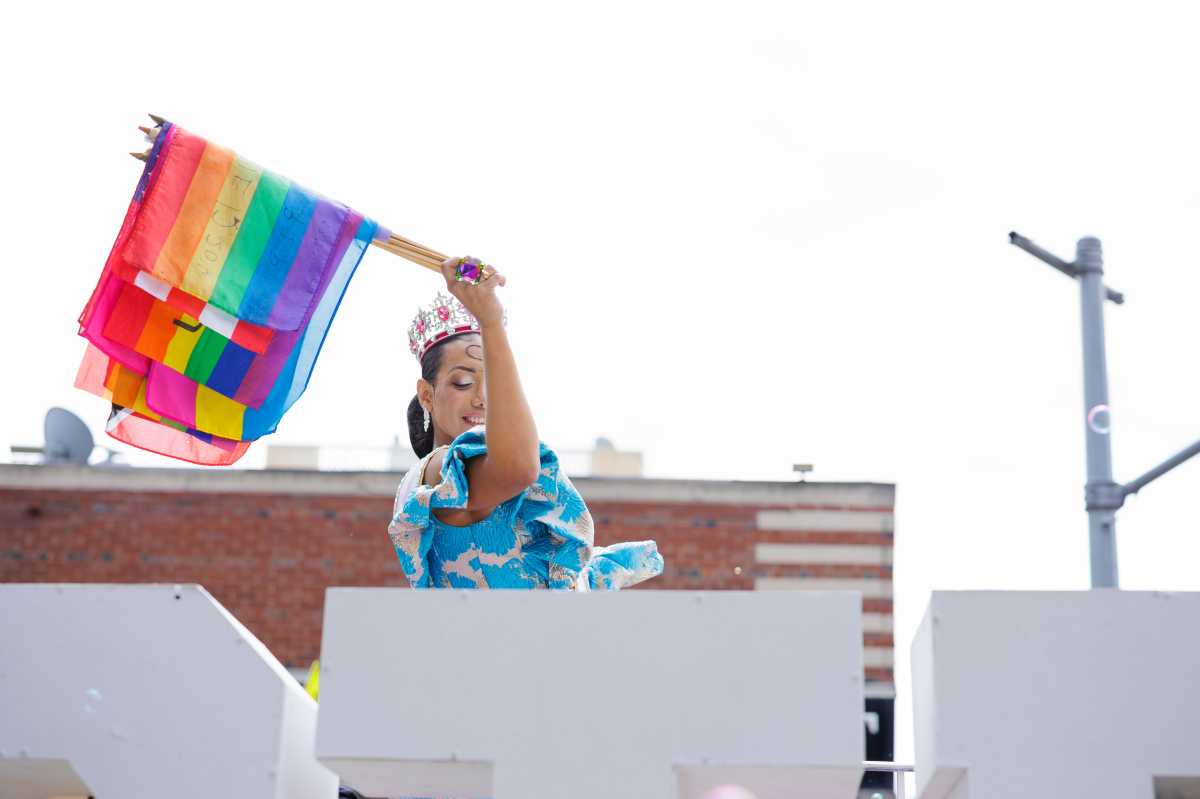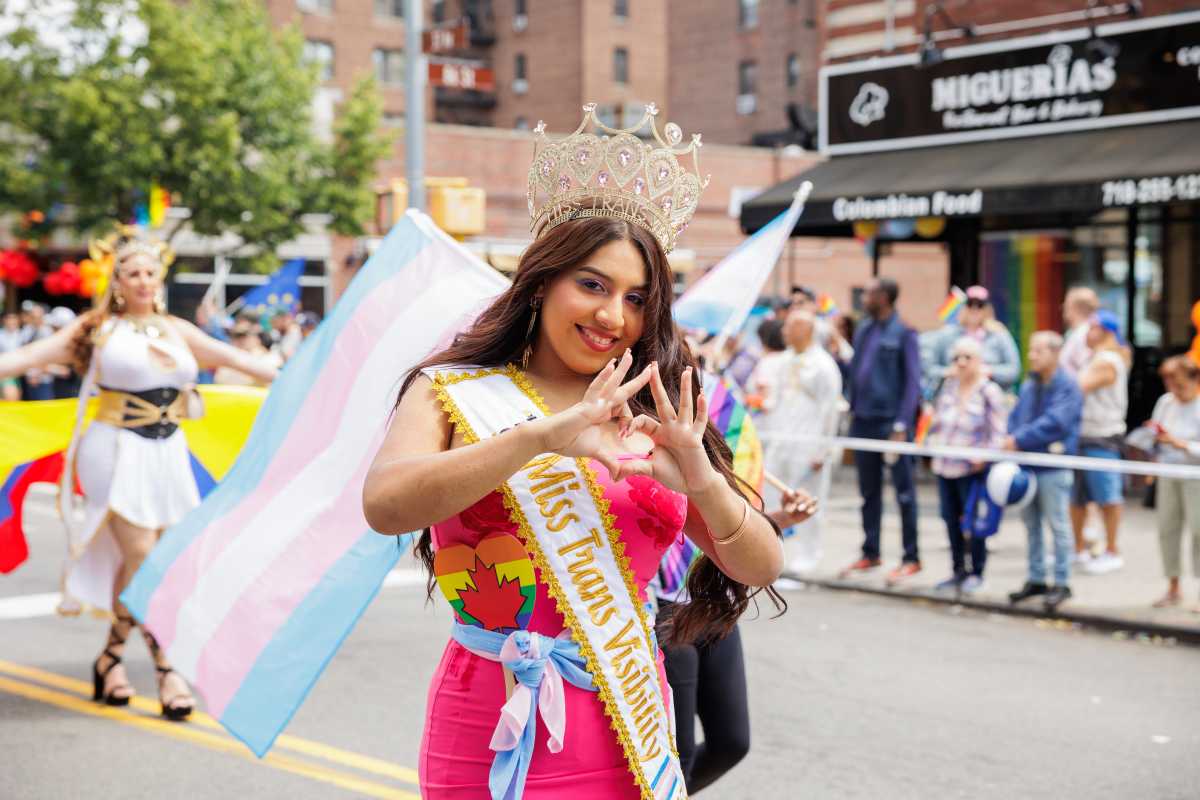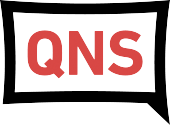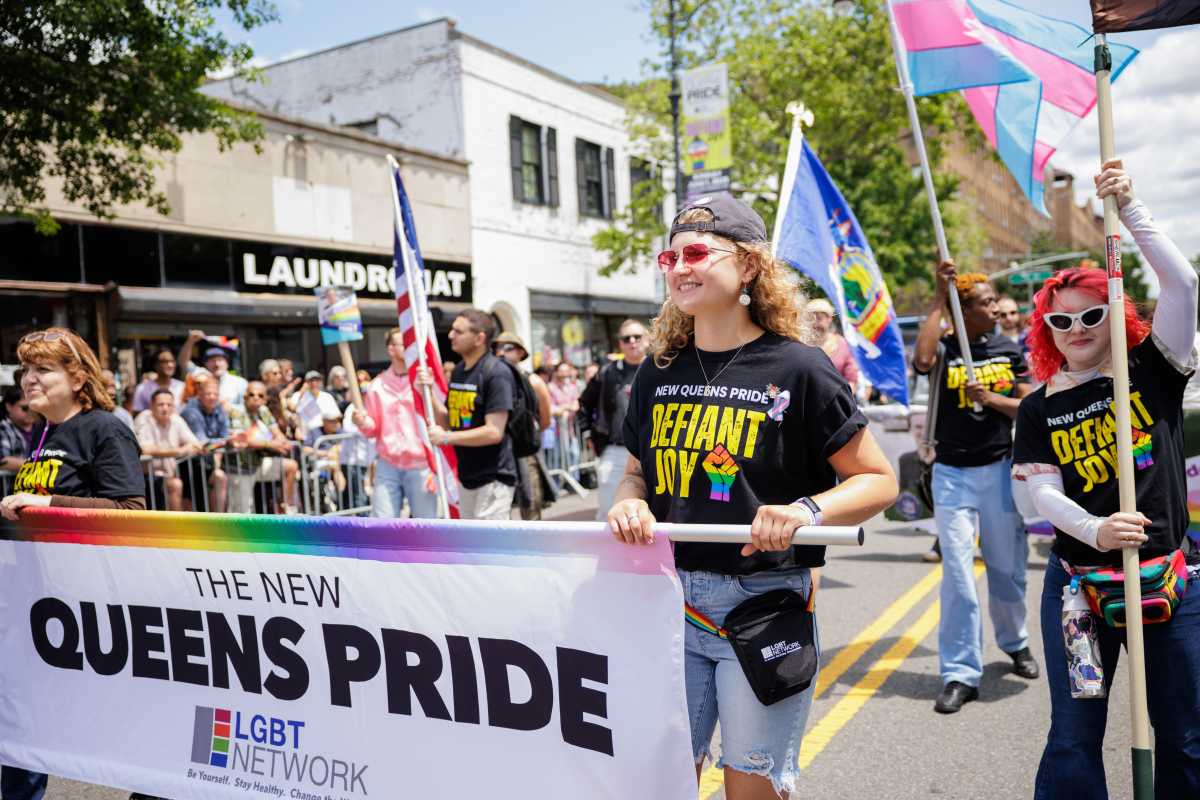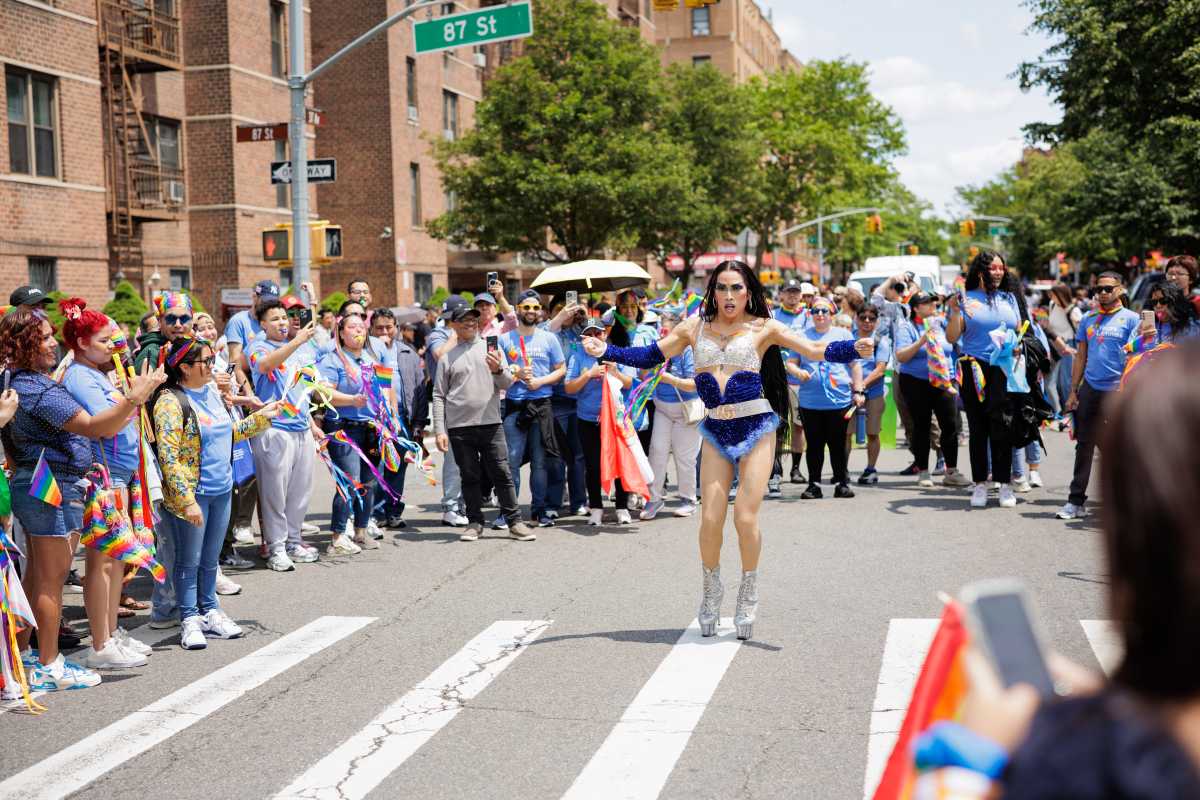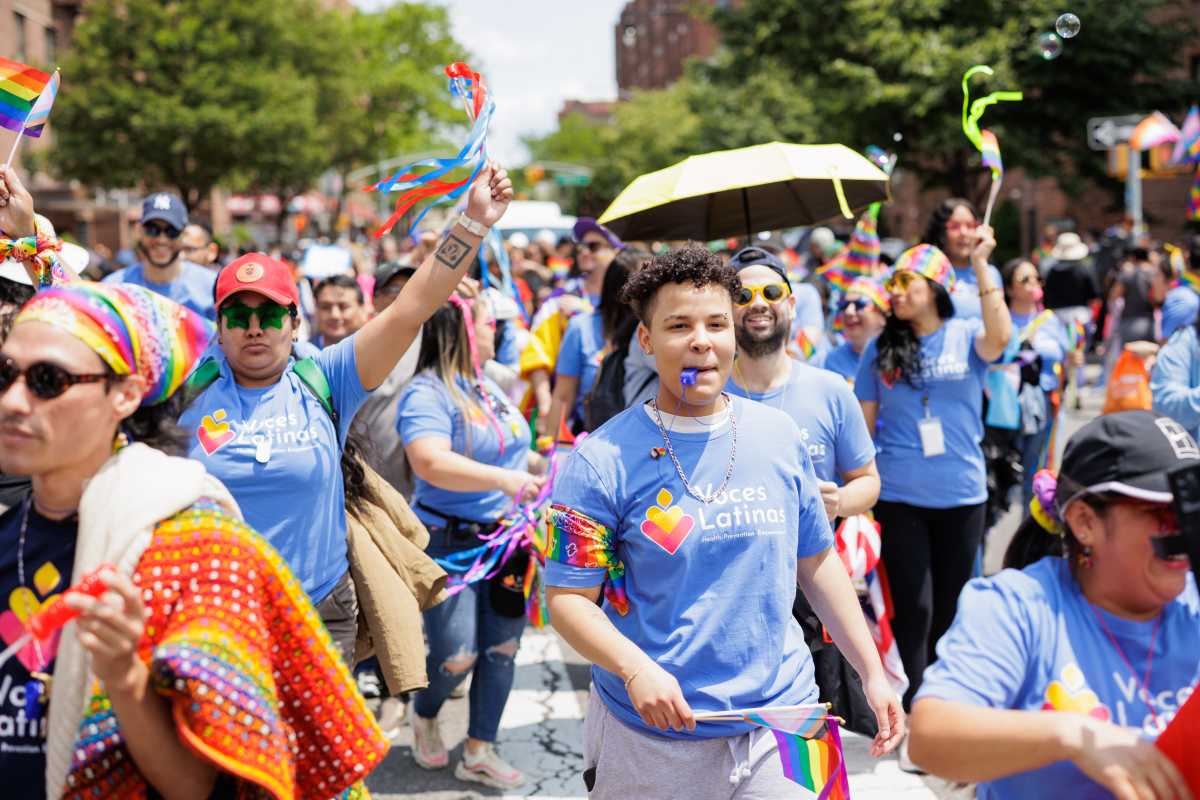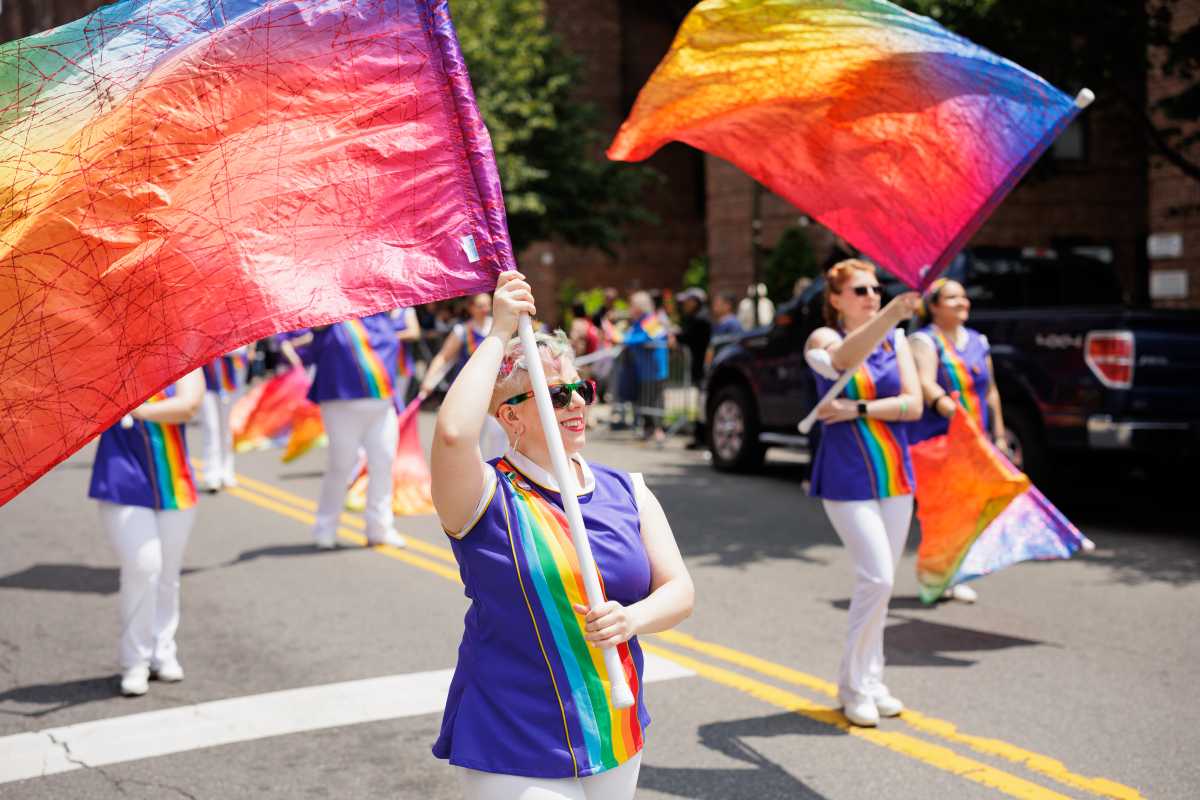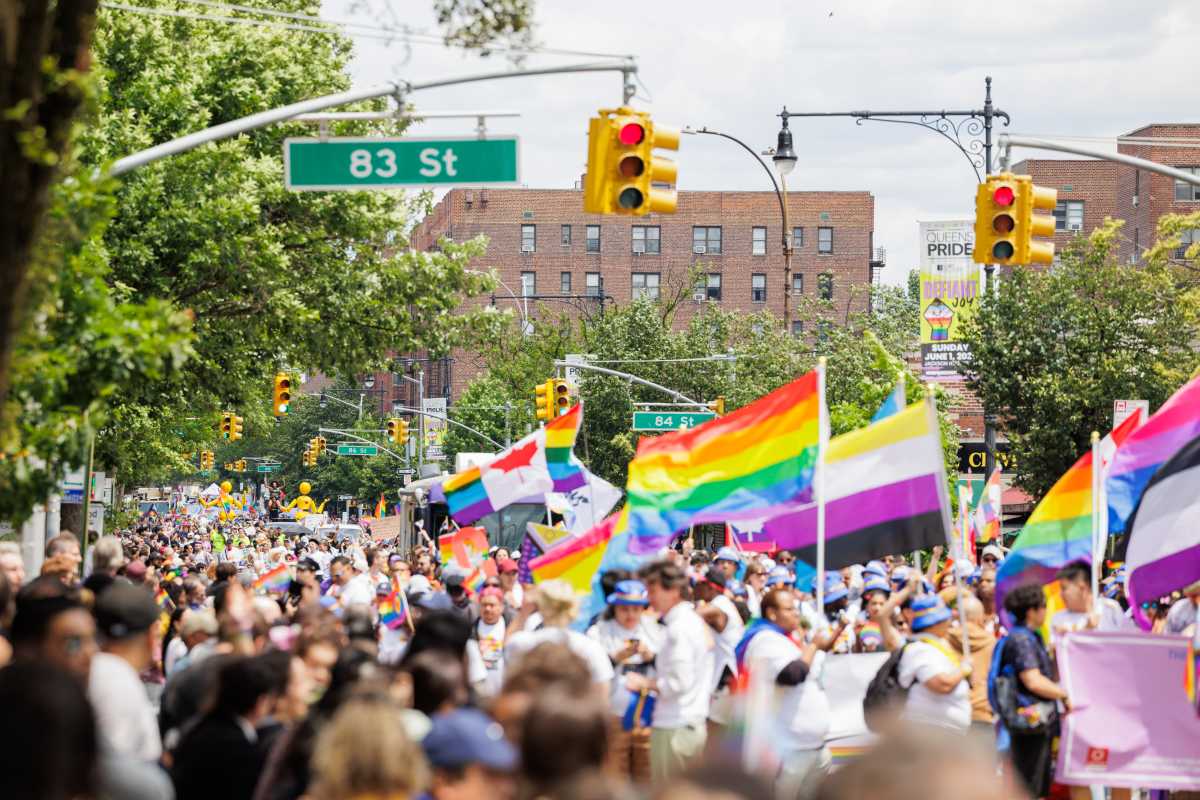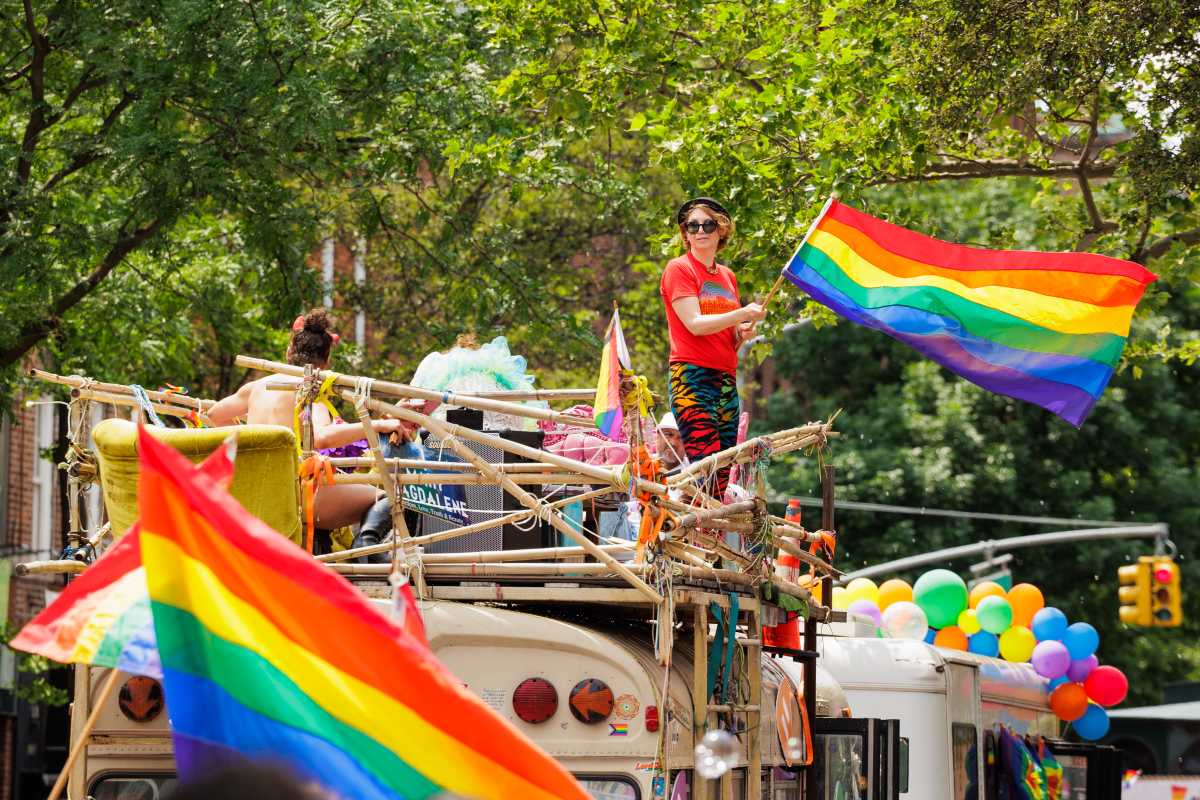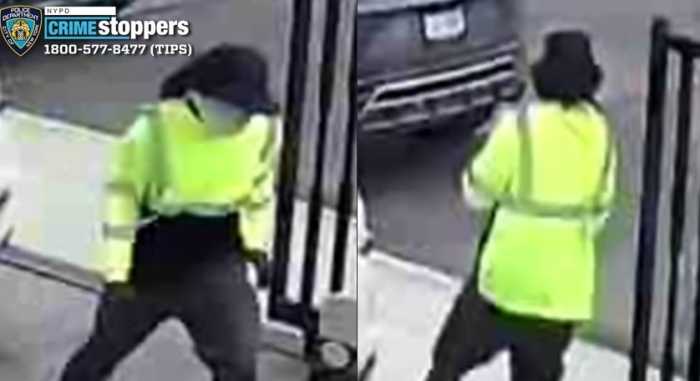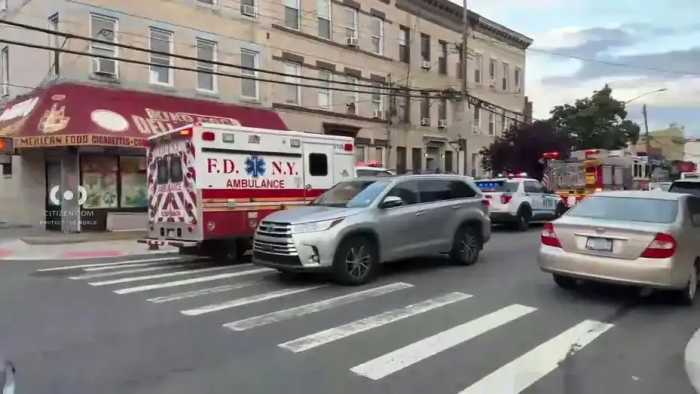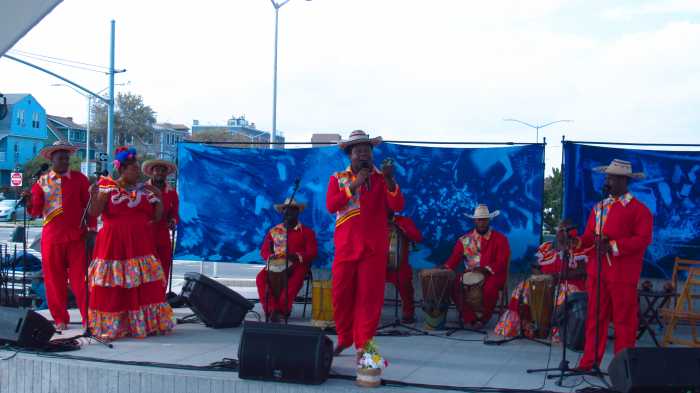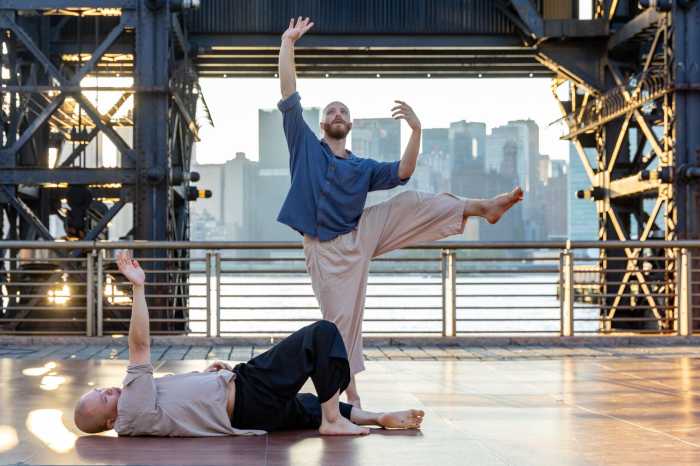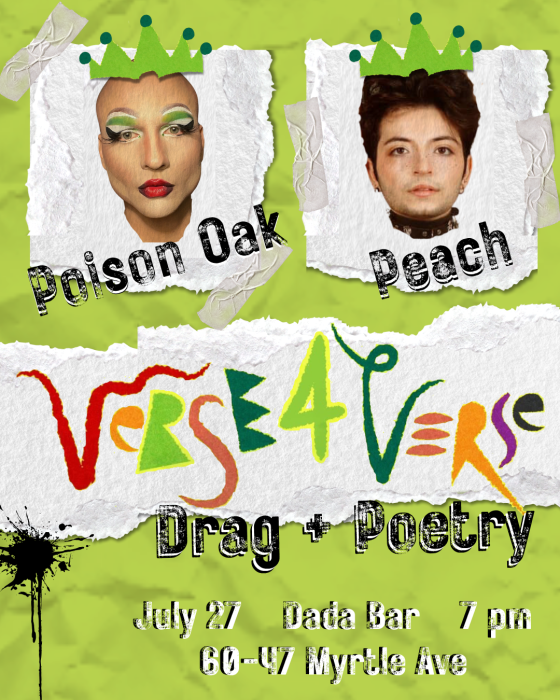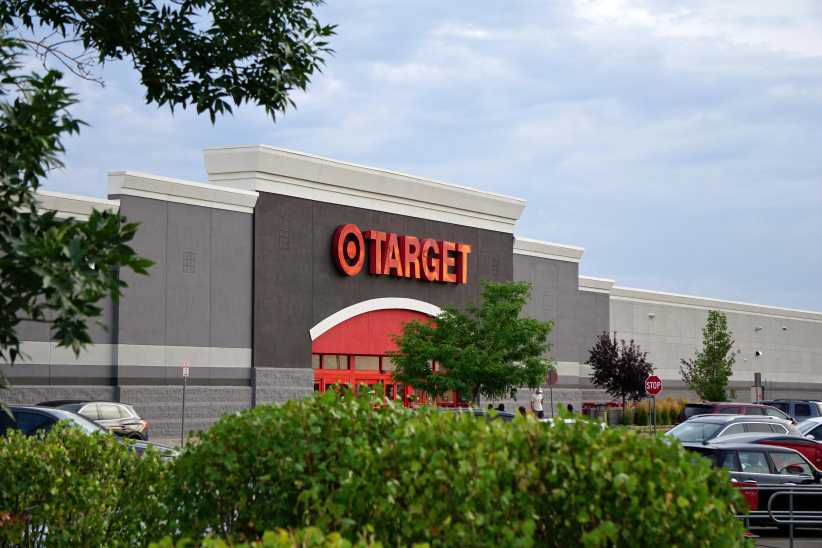Thousands filled the streets of Jackson Heights on Sunday, June 1, for the 32nd annual Queens Pride Parade and Festival, launching Pride Month in New York City with a resounding message of “defiant joy” and political urgency.
Led by local elected officials, LGBTQ leaders, and community advocates, this year’s parade called for justice for Andry José Hernández Romero, a gay Venezuelan asylum seeker deported under the Trump administration and currently held in CECOT prison in El Salvador. Romero was named an honorary grand marshal.
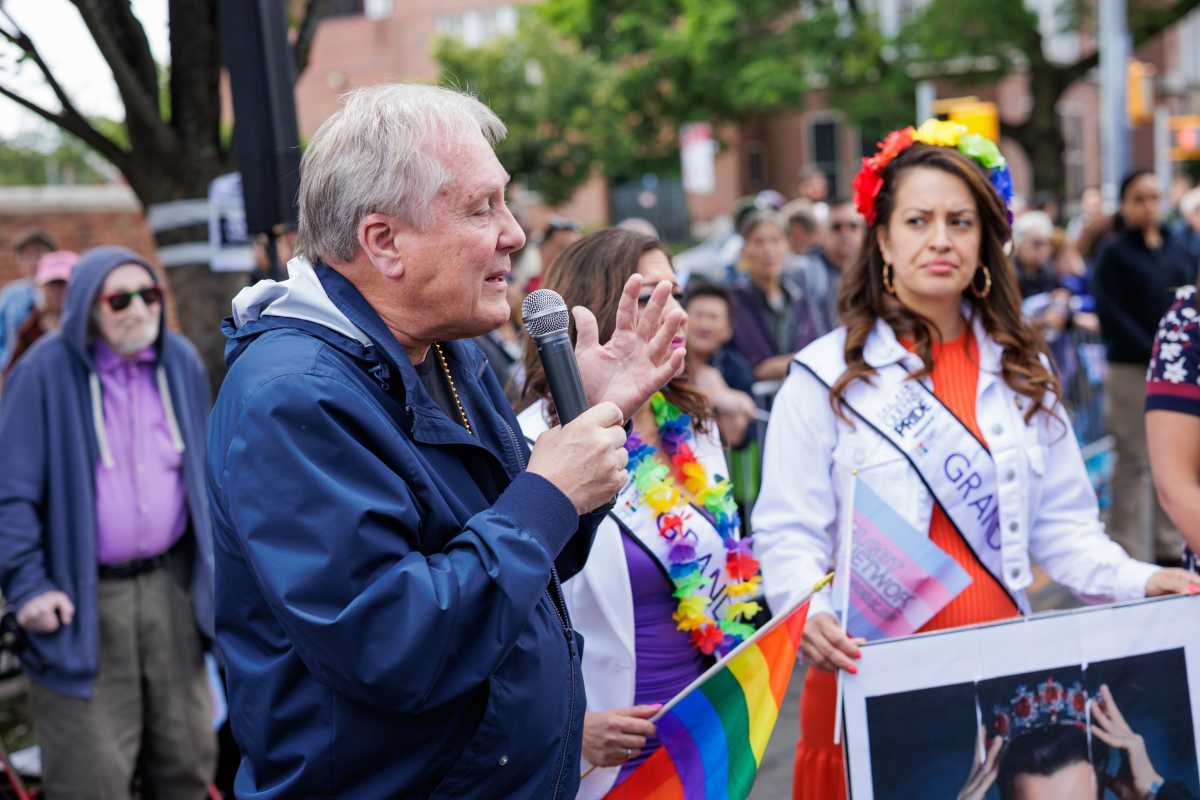
“Today one of our grand marshals is Andry José Hernández Romero. We honor Andry. We demand his release. We demand that Trump intercede and get Andry out of CECOT immediately,” said former City Council Member Daniel Dromm, who co-founded Queens Pride in 1993. “We will not give up until Andry is freed from that prison. This is an immigrant community — we stand up for our immigrants, we stand up for our LGBTQ people.”
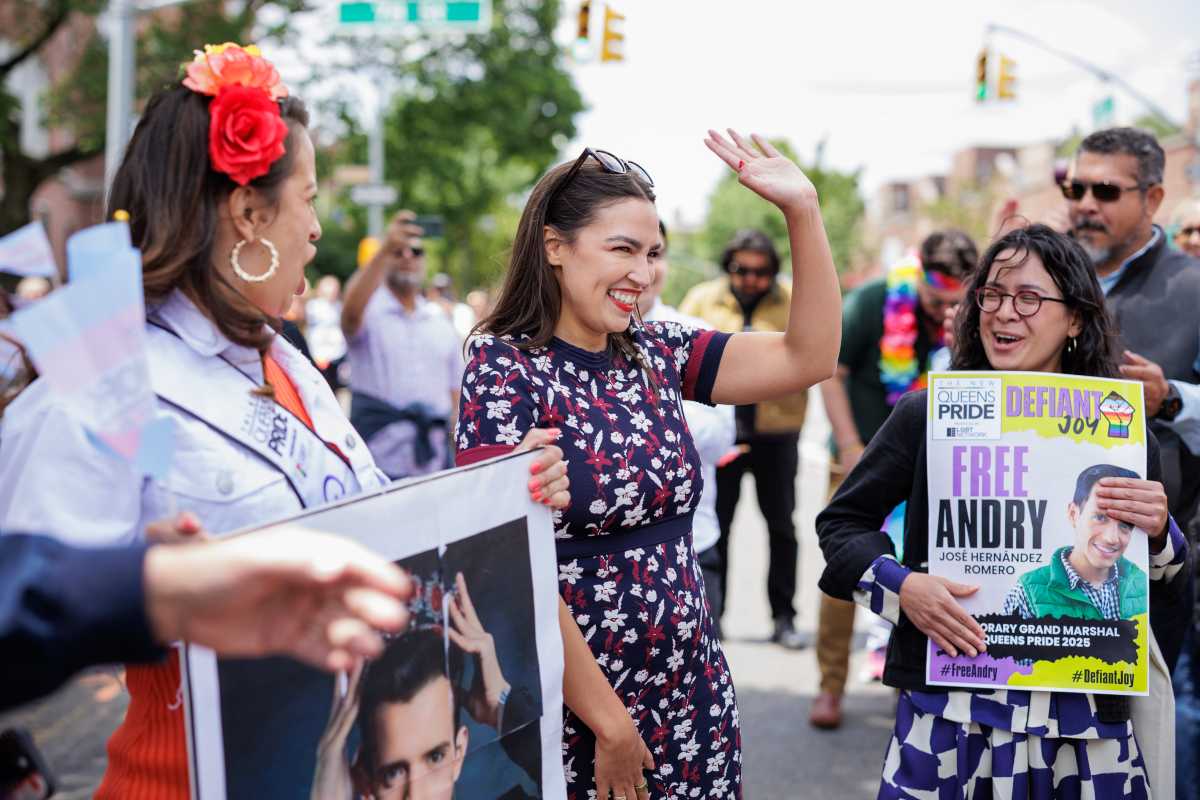
U.S. Rep. Alexandria Ocasio-Cortez, who represents parts of Queens and the Bronx, addressed the crowd at the start of the parade. “Jackson Heights stands up and fights back and we are proud of our queer community, we are proud of our LGBT community,” she said. “Book bans are not happening here. We stand with our trans brothers and sisters and siblings as well.”
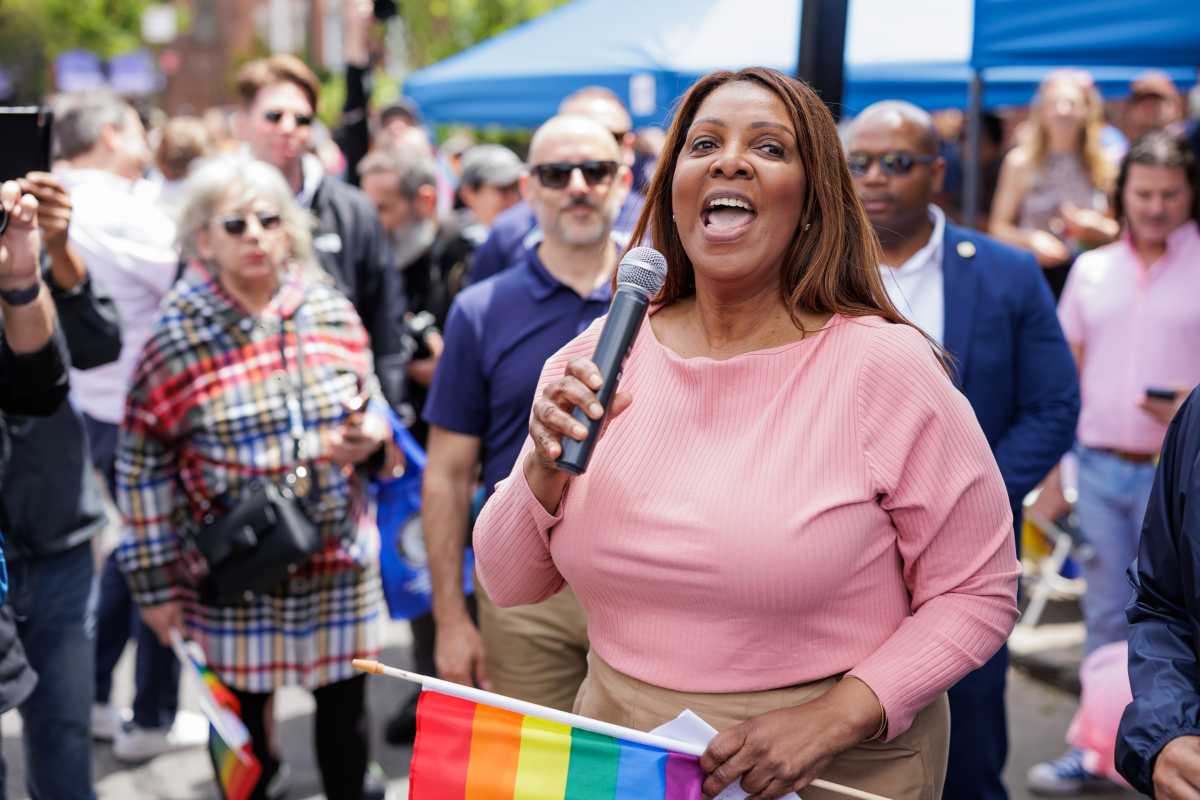
New York Attorney General Letitia James also joined the celebration, declaring, “Notwithstanding all of the attacks on the LGBT community, we will not hide. We will not go in the closet. We will not turn back. We will not bend. And we will not break.” She continued, “We will stand together with our heads up high and our backs straight… Today it’s all about pride.”
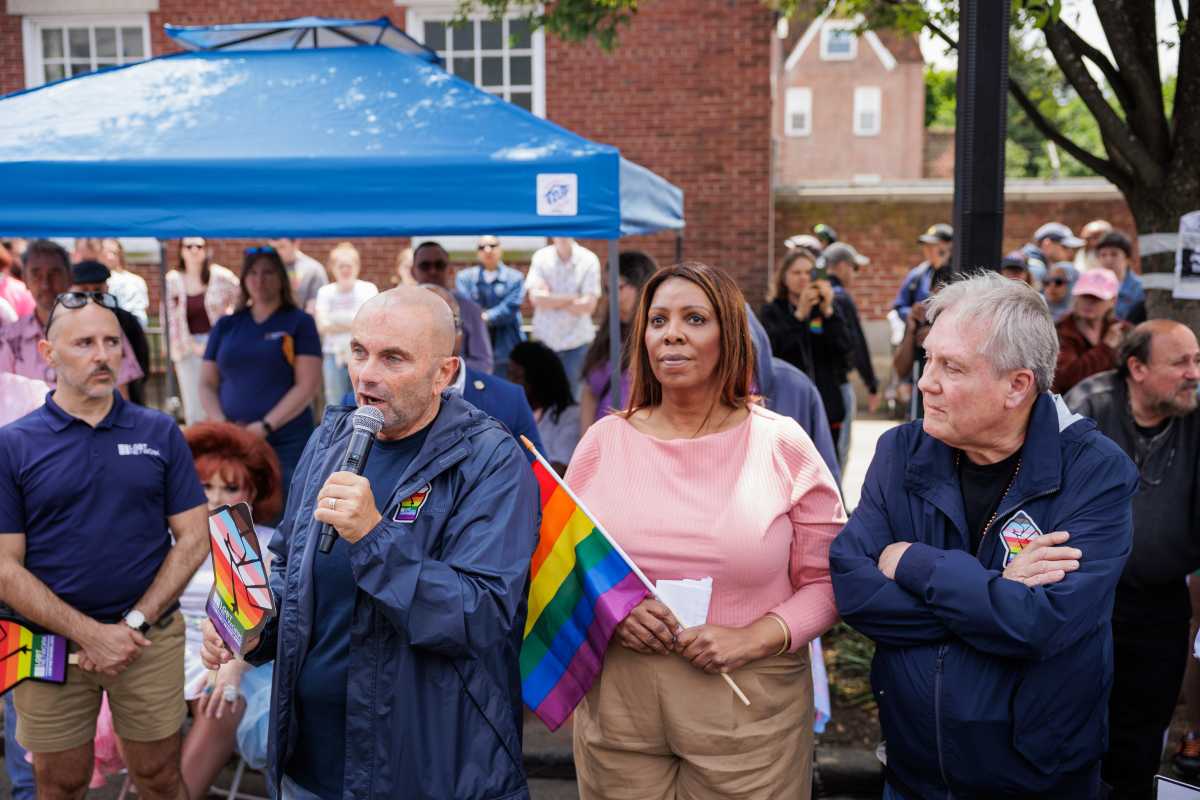
The parade paused for a moment of silence at 78th Street and 37th Avenue, where Julio Rivera, a gay man, was murdered in 1990 — an event that catalyzed the creation of Queens Pride. David Kilmnick, president and founder of the New York LGBT Network, led the tribute.
“The reason why we are here today is because 33 years ago, it was a brutal hate murder right in front of the post office here. Julio Rivera was killed simply because he was gay,” said Kilmnick. “Each year we march on these streets to show our pride, to say never again, and to remember Julio Rivera.”
Kilmnick continued, “Let’s be loud, let’s be out, let’s be proud, let’s be defiant, let’s be joyful. And do it for Julio, do it for Andry, and do it for every single LGBTQ person, every single LGBTQ kid who feels like they can’t be here today… We are never, ever going to back down.”
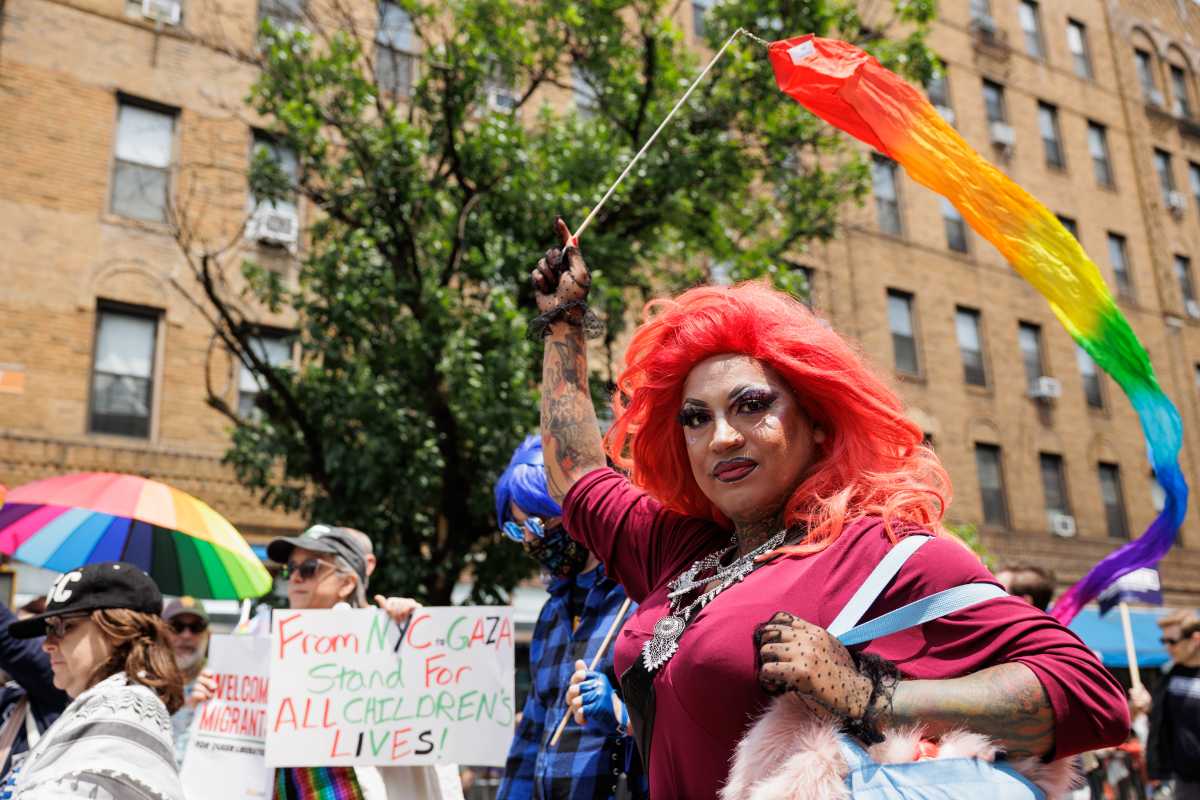
The celebration stretched down 37th Avenue and culminated in an hours-long street festival filled with performances, advocacy booths, and dancing — a celebration rooted in resistance. LGBTQ-led groups like Cheer New York, nonprofits like Voces Latinas, and queer marching bands like the Queer Big Apple Corps filled the route with energy.
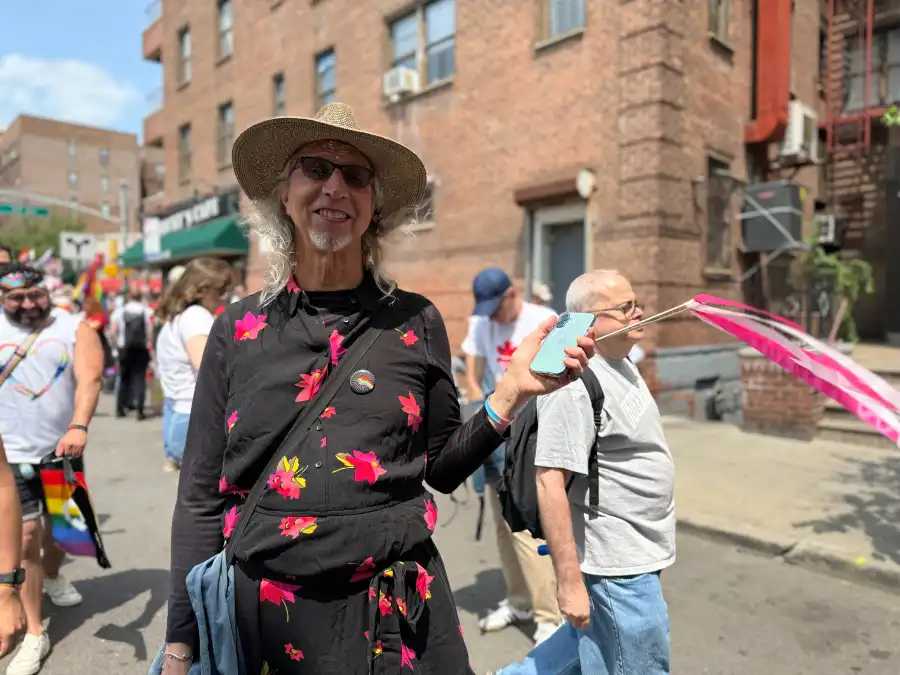
S, a 70-year-old Queens native who identifies as non-binary and transgender, celebrated in a floral black dress they had just received in time for Pride. “Pride means full visibility really, and fully owning identity and queerness,” they said. “It feels more important than ever to just own this, and celebrate the word ‘Pride.’”
From newcomers like Tomás, attending his first NYC pride parade since arriving from Argentina, to longtime activists like Lori Caraballo, who wore a shirt from the 1994 march, attendees emphasized that Pride in Queens is more than a celebration — it is a call to action.
“Liberation,” said performer Pariss Roman. “As a queen from Queens, you’ve got to show up and show out for community.”
